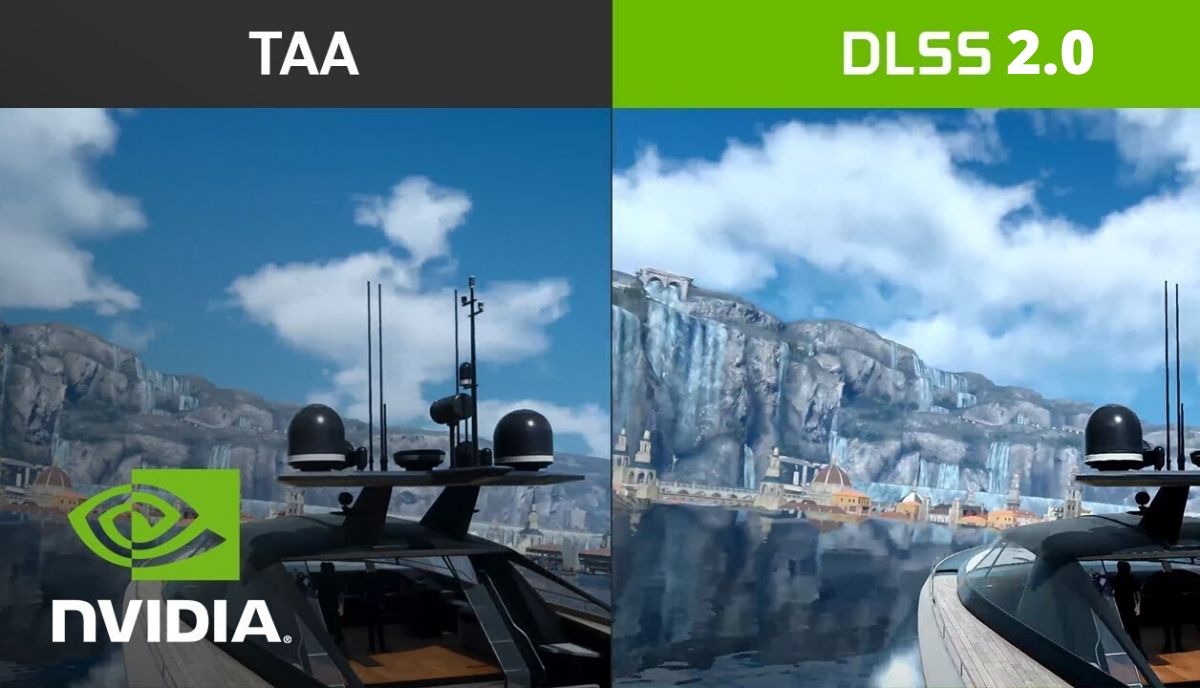Nvidia ‘DLSS 2.0’ Offers High-Resolution Gaming Without High End Graphic Cards

Nvidia’s Deep Learning Super Sampling, or DLSS, was already a game-changer when it comes to upscaling the image quality. And now, the company has improved it even further by releasing DLSS 2.0.
DLSS 2.0 runs on Nvidia’s RTX GPUs for personal computers and uses a new AI model and Machine Learning to upscale the games to a higher resolution.
According to Nvidia, the new technology improves the visual fidelity of games and improves gaming performance more efficiently. Also, the new AI model is two times faster than the original, which is impressive.
“A new AI model more efficiently uses Tensor Cores to execute 2x faster than the original, improving frame rates and removing restrictions on supported GPUs, settings and resolutions,” says Matt Wuebbling, the head of marketing for Nvidia’s consumer GPU line, in his blog post.
So, to make it simple, with DLSS, the company captures some high resolution and low-resolution stills from the game. Then, the AI upscales the low-resolution stills to stand equal to the high-resolution stills. It further means that DLSS can boost the quality from 1080p to 4k while feeling the pressure of 1080p.
Now, before DLSS 2.0, Nvidia had to train the AI for every game that implemented DLSS, which used to take a lot of time.
However, with Nvidia’s DLSS 2.0, things get much more accessible. Now, the company won’t have to conduct training for every game separately as they have constricted everything into individual DLSS network. The generalized algorithm will work across games and will allow more developers to use this technology in their games.
To be clear, DLSS 2.0 does open up the possibility that this technology will be used in more games. However, that doesn’t mean it will be available in all games. If a game developer decides not to use this technology, then users can’t do anything about it.






